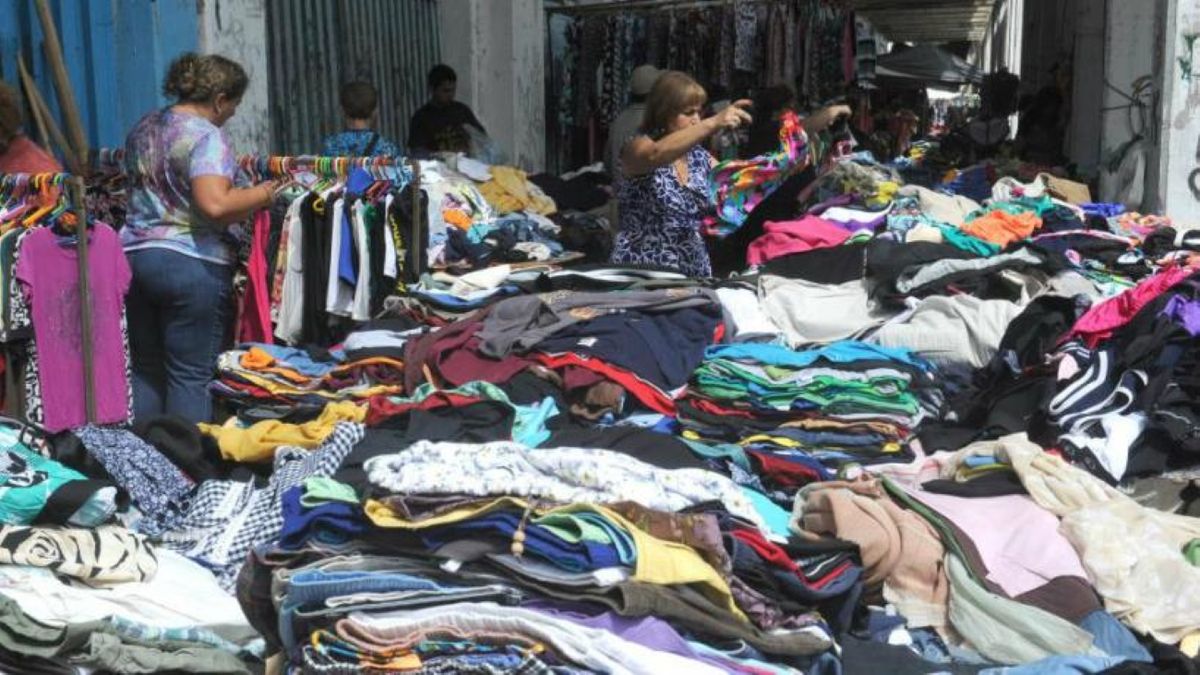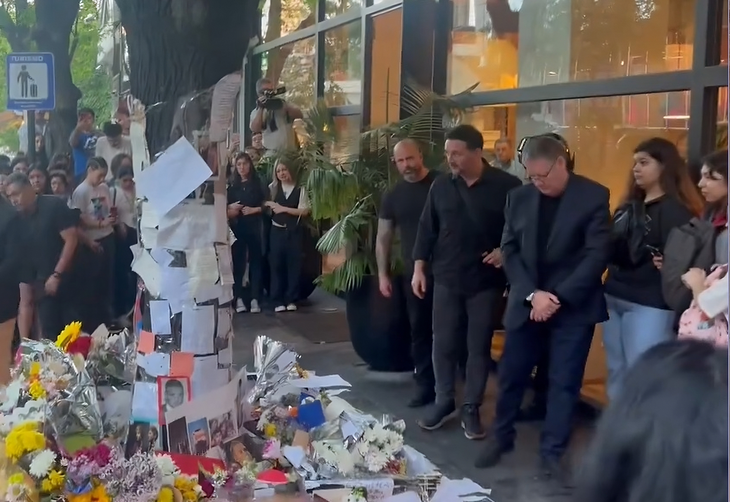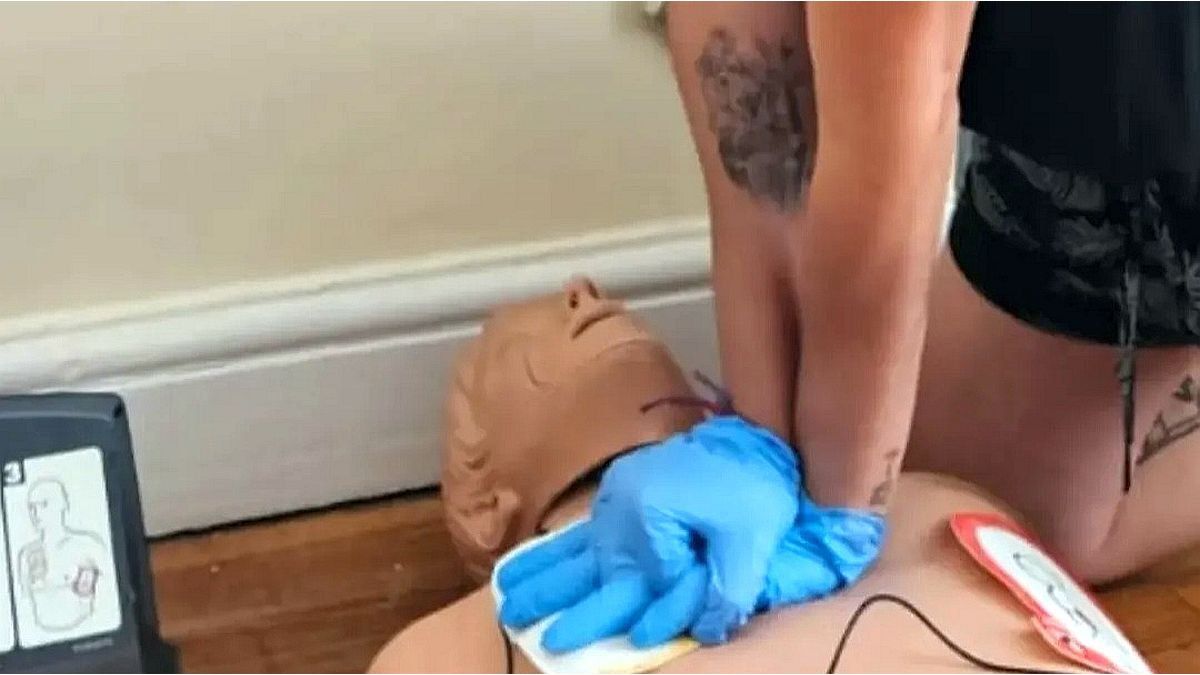In that line, Retail sales fell 5.2% in September compared to the same month last year and the accumulated decline in the year was 15%as reported by the Argentine Confederation of Medium Enterprises (CAME). The sector textile and clothing suffered a more pronounced drop: 5.4% year-on-year and 3.2% compared to the previous month.
“What was necessary was purchased, the offers had little appeal despite being very generous. Little predisposition was observed to acquire products outside of the most urgent needs,” highlighted the report from the CAME.
American fairs: how they work
In it Buenos Aires Metropolitan Area (AMBA) These types of fairs, which started out marginal, are on the rise today. “There is no place, you have to go very early”pointed to Wanda Scope, one of the young women who is going to sell in the area of Budge Engineer. Regarding the method of using the place, he explained that it is not like in other fairs where there are stalls, but rather he puts a blanket and places the clothes on top of that.
Payment methods are varied: most accept cash and transfers through Payment Market. “Now with the crisis, it is seen that people buy a lot and more if the clothes are in good condition. “They take it out of your hand,” he said. Isabel, who is retired and a regular customer of the fair. “People also collect what they have left over, such as pans, used pots, tools, everything”he catapulted.
Crisis in the textile sector
In addition to the economic crisis that hits the textile industry, the current situation is compounded by the exchange rate appreciation and the high value of clothing compared to salaries. According to a report by Found, a basket of clothes costs 35% more than in the regionvalued at the official exchange rate, and 16% more measured in MEP dollars.
The reasons for such high prices are multi-causal, according to the foundation. Among them, the tax pressure stands out: while in our country it averages 33%, in the rest of the world it is 8.5%, he said. Daniel Schteingartdirector of Productive Planning at Fundar and one of the authors of the report.
Although they also negatively influence price dynamics, taxes on imports such as the COUNTRY Tax and the statistical ratesfor the protection of the national industry, as well as the exchange rate instability and the macroeconomic uncertainty.
Circular economy: a new way of thinking about consumption and production
Beyond this, there is a greater awareness of what it means circular economya different consumption model that includes sharing, renting, reusing and recycling materials. For this reason, American fairs are expanding, not only among the lower classes, due to the crisis, but also among the middle and upper classes.
An example of this type of circular economies is the Detachment Clubwhich has been taking place since 2019 in the “Parque de la Estación”, in the City of Buenos Aires, and is collaborative between the participating parties. “The idea is that the people who participate can take the things that we no longer use to the meetings to exchange them. For us this is not a barter, but things do not have a value on their own, they only have value when they are used “Macarena explained.
At the same time, he stressed that responsible consumption is encouraged and avoids cumulative behaviors in order to live with “what is needed” and not “with everything because it is free and cheap.”
Source: Ambito
I am Pierce Boyd, a driven and ambitious professional working in the news industry. I have been writing for 24 Hours Worlds for over five years, specializing in sports section coverage. During my tenure at the publication, I have built an impressive portfolio of articles that has earned me a reputation as an experienced journalist and content creator.




